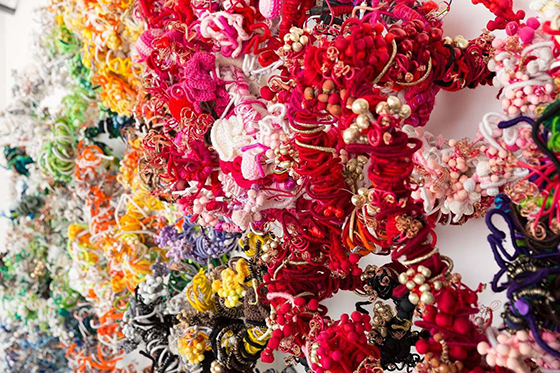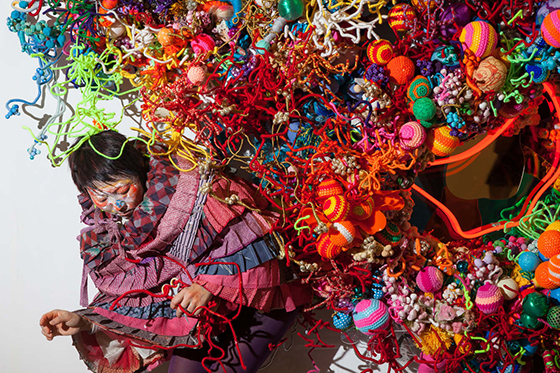Aylin Bilgiç / Fluid Porcelain Bowls
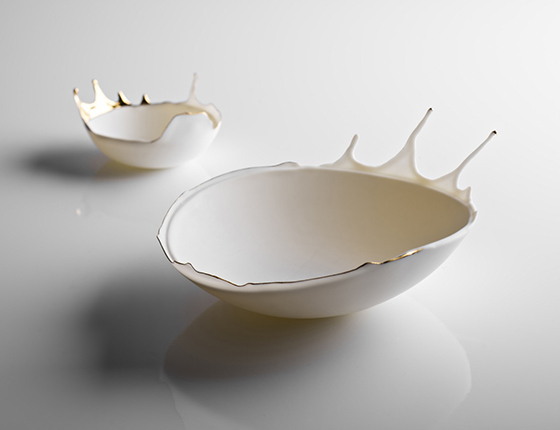
Aylin Bilgiç‘s fluid porcelain bowls look like a moment frozen in time, each one like a bowl full of cream that’s sloshing over the rim. A pretty dip in gold edges each piece, making them all the more elegant.
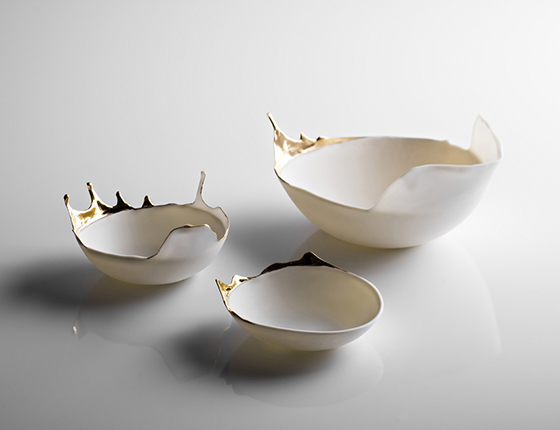
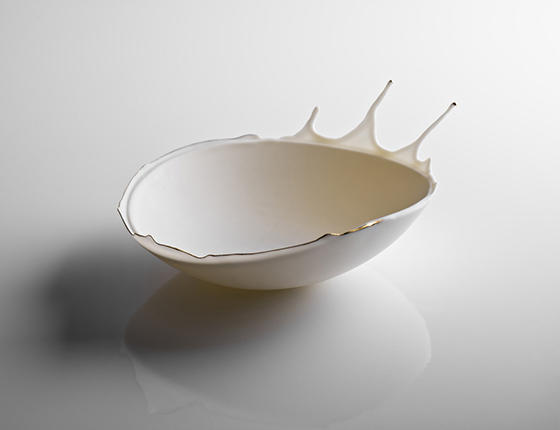
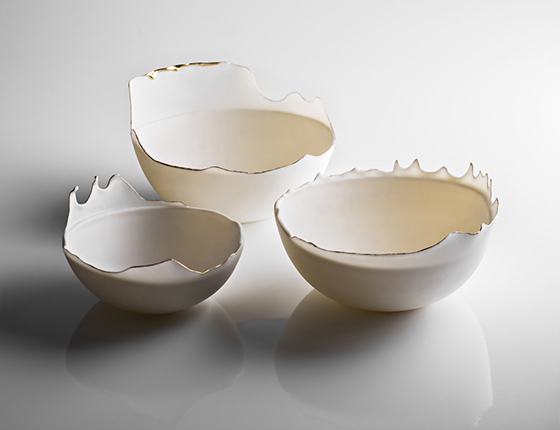
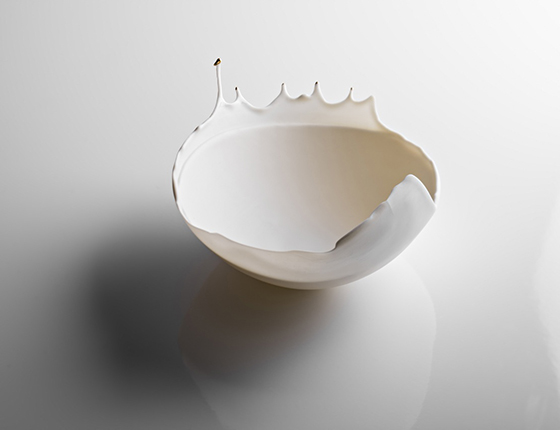

Aylin Bilgiç‘s fluid porcelain bowls look like a moment frozen in time, each one like a bowl full of cream that’s sloshing over the rim. A pretty dip in gold edges each piece, making them all the more elegant.




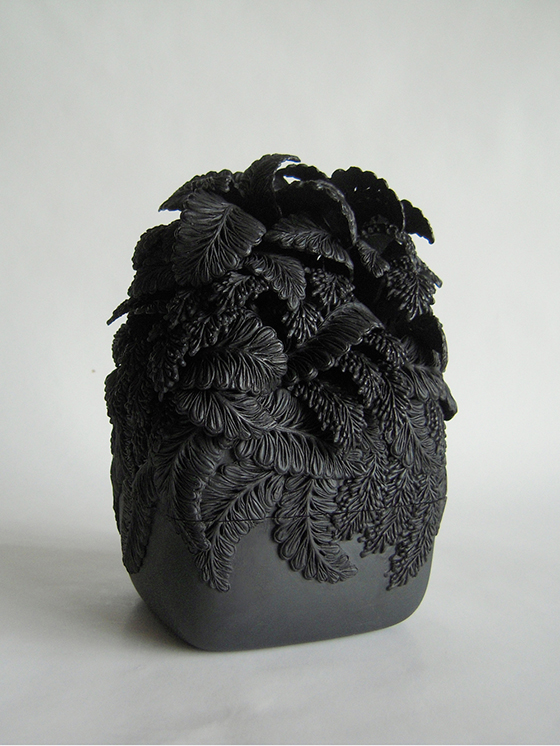
Hitomi Hosono‘s ceramics are rooted in both Japanese and European traditions, as she’s studied in Japan, the UK, and Denmark. (Whoa!) The super detailed foliage in Hosono’s current work sucks the viewer right in. And if you’re like me, at some point you’ll forget that what you’re examining isn’t the real thing.
“The subjects of my current porcelain work are shapes inspired by leaves and flowers. I study botanical forms in the garden. I find myself drawn to the intricacy of plants, examining the veins of a leaf, how its edges are shaped, the layering of a flower’s petals. I look, I touch, I draw.”

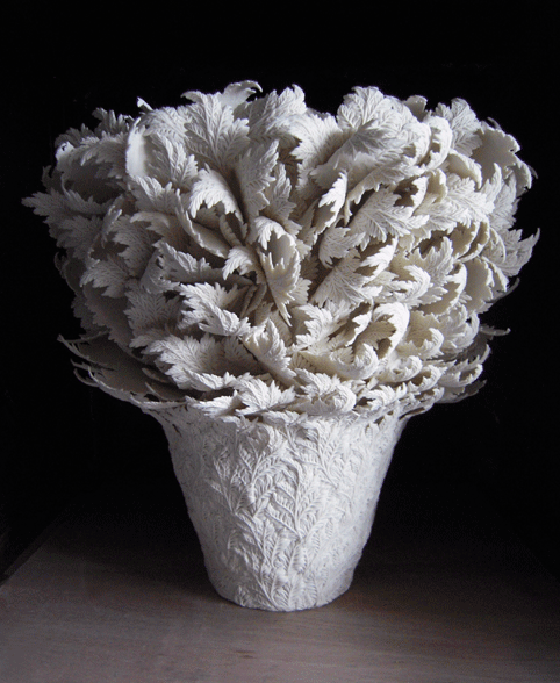
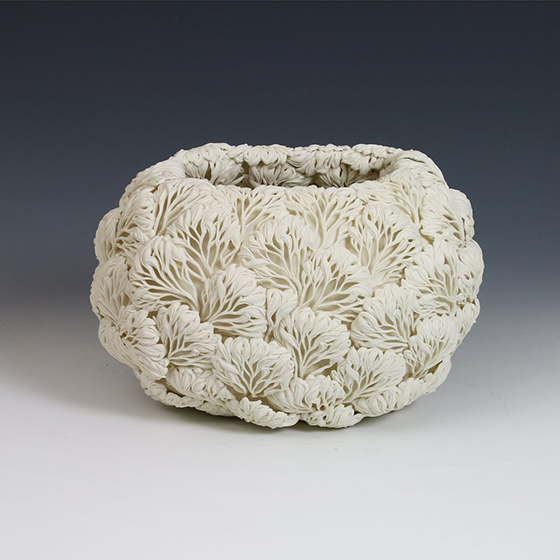
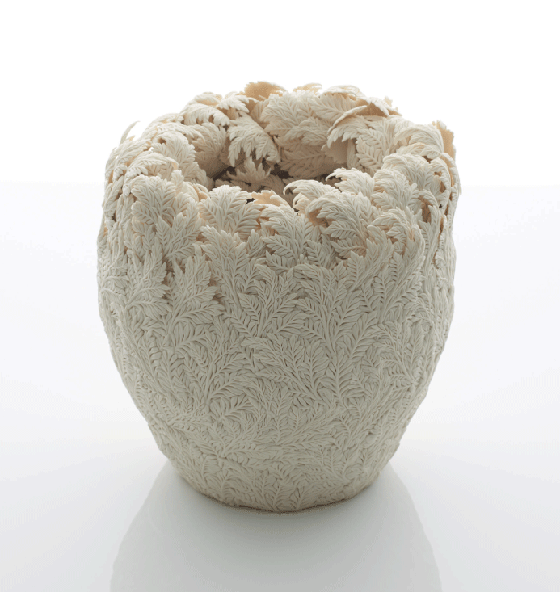
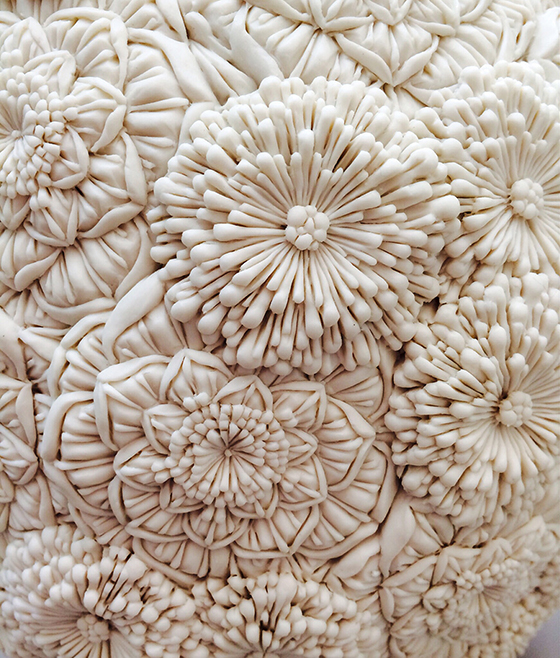
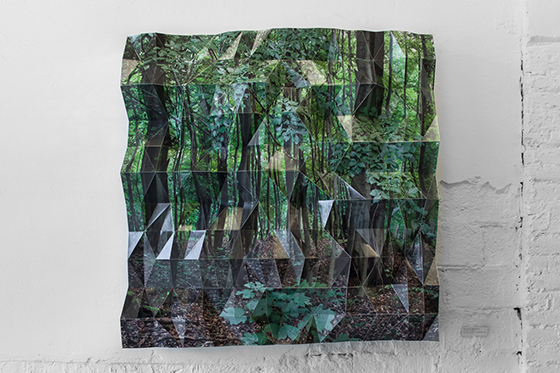
I’ve learned more about politics in the past year than the previous 35 combined, and part of that has been about the economy which has impacted me in a very real way. Stefanie Herr’s The Growth Imperative uses six photographic relief sculptures to explore stock charts over a period of six years. Each piece is crafted by hand using pigment print on Hahnemühle photo rag, museum matboard, aluminium, and other materials.
“The Growth Imperative explores the spatial dimension of stock charts by translating their peaks and valleys into physical coordinates. Inspired by the neoliberal fantasy of infinite economic growth on a finite planet, The Growth Imperative maps the performance of the S&P 500 Pure Growth Index over a six-years period between 2009 and 2015 and transposes it into six sculptural objects covered with photographs of forests.
The forest is the place where growth is inevitable and vegetation luxuriates. It is a multidimensional space that expands both horizontally and vertically and devours everything within its boundaries. Exposed to the erratic and uncontrollable behaviour of the stock market, each photograph is stretched, distorted and finally broken into 440 triangular facets. Thus, The Growth Imperative seeks to unmask the self-destructive nature of neoliberal capitalism and its central role in causing serious environmental, social and territorial imbalances.
Entirely crafted by hand, each piece of the series took about two months to complete. In a world subject to the vagaries of global capitalist economy, the market constitutes the main creative force behind it and consequently becomes its true sculptor.”

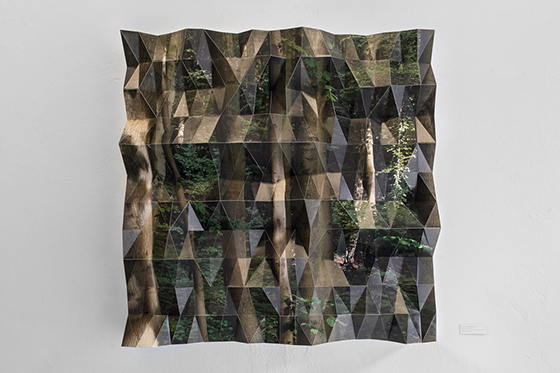
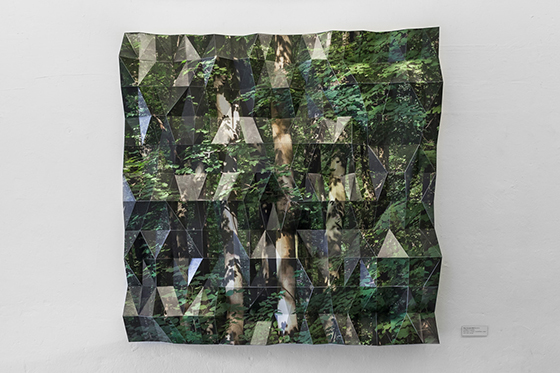
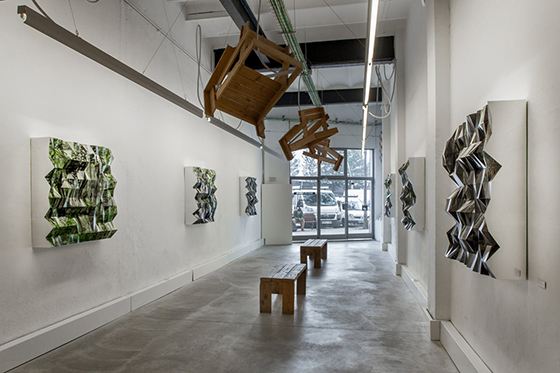
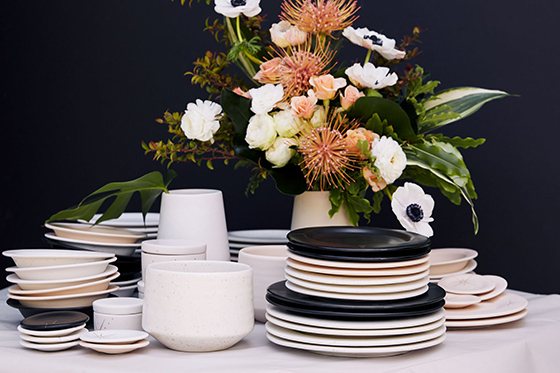
I first shared the work of my friend Amy Hamley – then Redraven Studios – with you two years ago, in our Pittsburgh Makers series. Since then she’s moved across the country with her husband and pup, rebranded as Amy Hamley Ceramics, and just last week released her newest collection. This girl’s been busy!
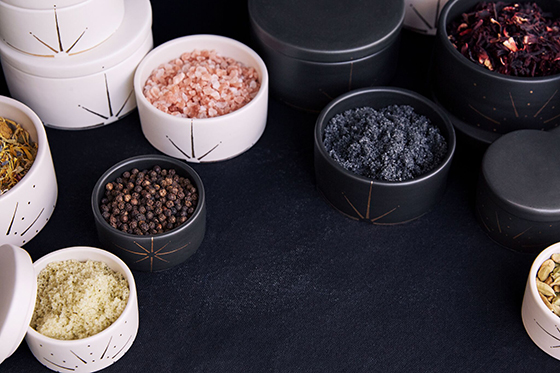
I chatted with Amy a few weeks ago, and after catching up picked her brain about the transition between her well-known Canyon Series to this more casually sophisticated style.
“While the Canyon Series meant a great deal to me personally, and building a product line around my travels was magical, it just never completely fit. I spent two years thinking about letting this line go and how to move forward with my work, it wasn’t an easy decision at first but once I committed to it everything just felt right. I studied both painting and ceramics in college, and for a long time it was important to me to honor both processes. But one day I realized that making the pieces wasn’t fulfilling me anymore and it began to feel like work. I wanted to focus on the part of ceramics that I love, experimenting with the materials and developing glazes.”
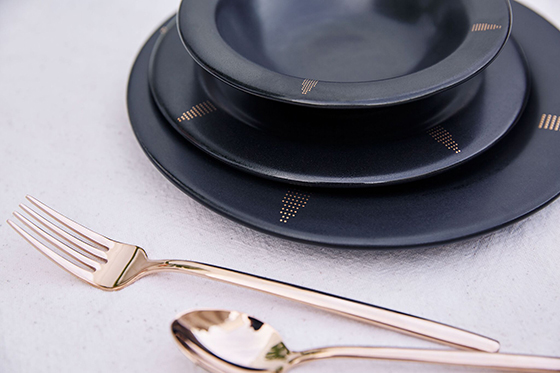
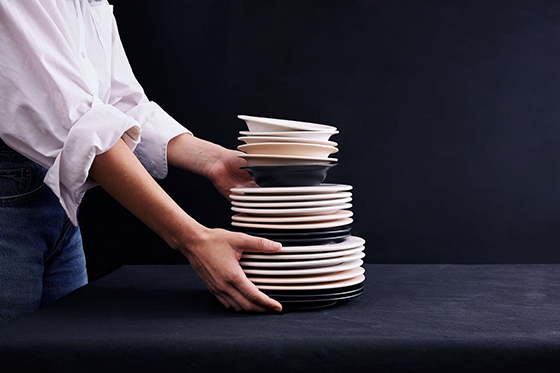
“The starting point wasn’t an item, so much as the palette. I really wanted to focus on minimal, soothing tones with this collection. My favorite pieces are the black deco dinnerware.”

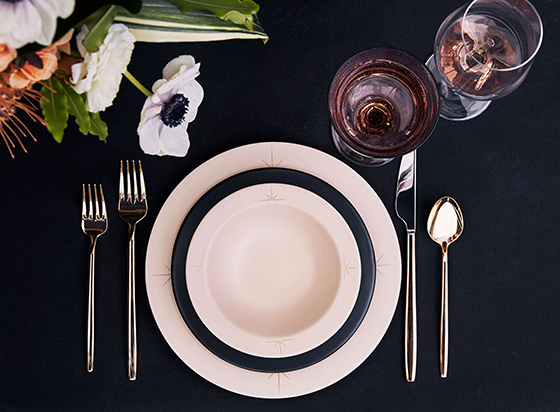
“The inspiration behind the new work isn’t that far from the Canyon Series, it’s still traveling, nature, and being witness to my surroundings. With this line however, I wanted to be true to what I love and actually use in my home. I knew that this collection was special because it’s the first time that I’ve ever kept the first editions for myself, until recently I had very little of my own work at home.”
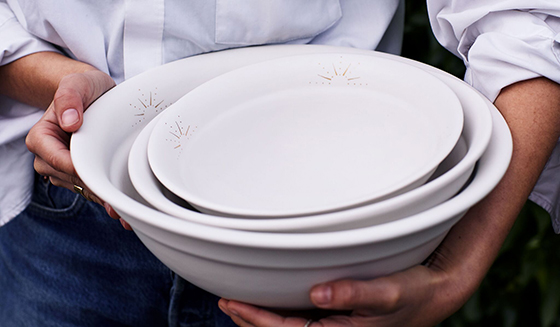

The new collection is stunning, with so much thought and effort put into each piece. I’ve always loved Amy‘s work, but this collection really speaks to my love of all things clean-lined. The gold deco touches make every piece so incredibly special – the perfect mix of casual and elegant. I’d be thrilled to use the settings for a dinner party or simply a Monday night meal on the couch, which is a sign of a truly fantastic piece.
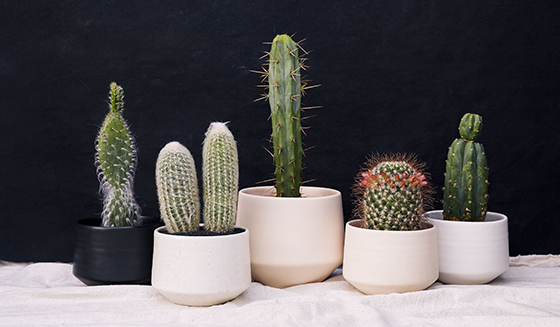
A unique facet of the new site and rebrand is the One of a Kind page, dedicated to one off pieces, experimentation, and growth. Amy hopes to add an item or two per week that will be promoted Tuesdays on Instagram – stay tuned!
Carolyn Kelly, art direction
Janelle Bendycki, photography
Gorgeous and Green, florals

Elyse Graham‘s Black Magic Collection is full of the most beautiful resin pieces that I’m dying to fill with droopy blooms. The point of the collection is to explore what lies underneath the surface, that which cannot be seen but is always present. Each vessel is one-of-a-kind and probably far too expensive to use as a vase, but wow.
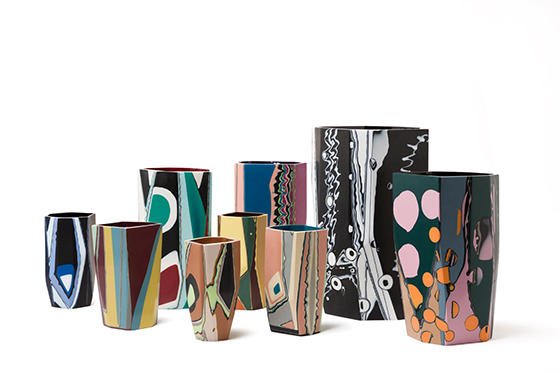

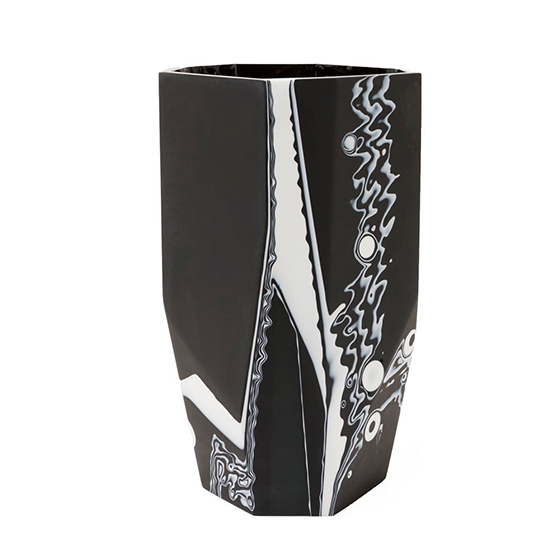
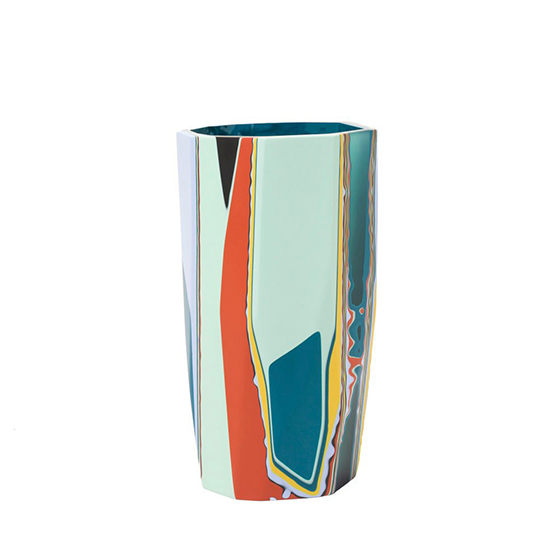
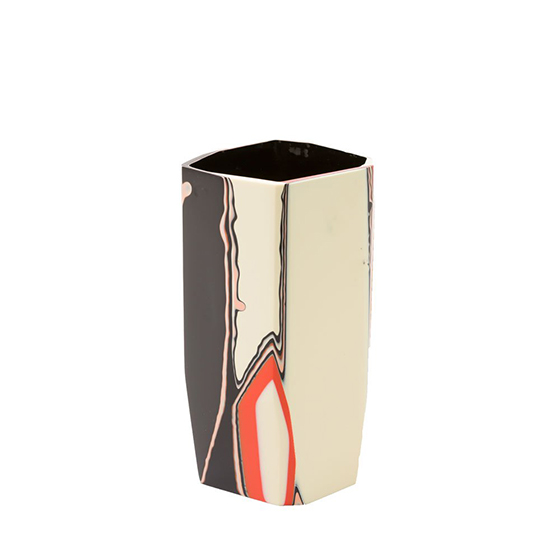
via Design Milk
Posted In accessories, create, house and home, sculpture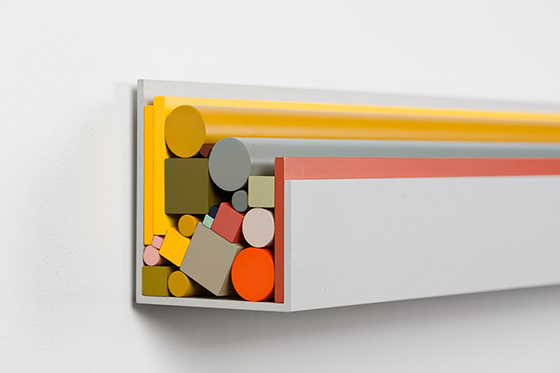
They say the happiest people work in an industry doing something similar to what they loved doing as a child. I’d say Sophie Smallhorn is living life to the fullest through her explorations of the relationships between color, volume, and proportion. Her portfolio site doesn’t state what materials are used, but I’d like to think they’re children’s blocks.
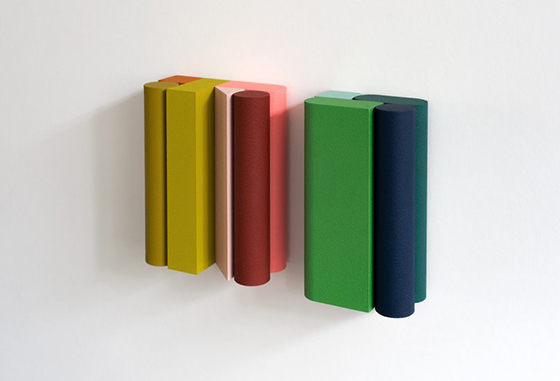
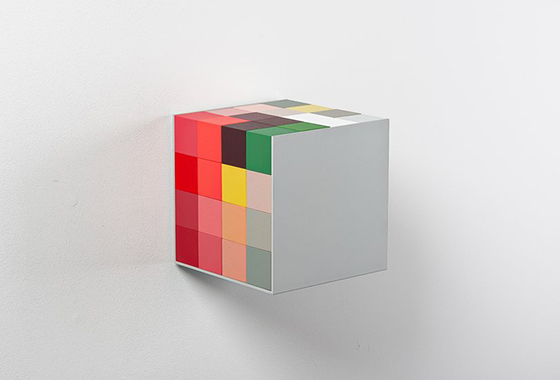
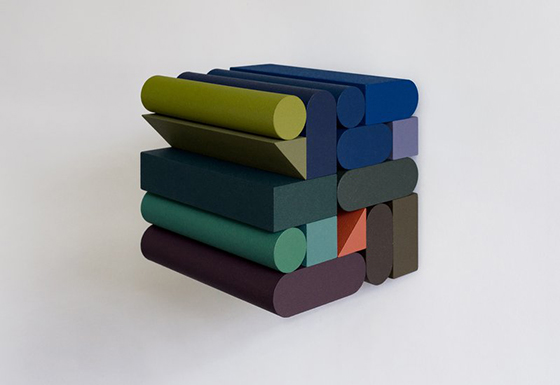
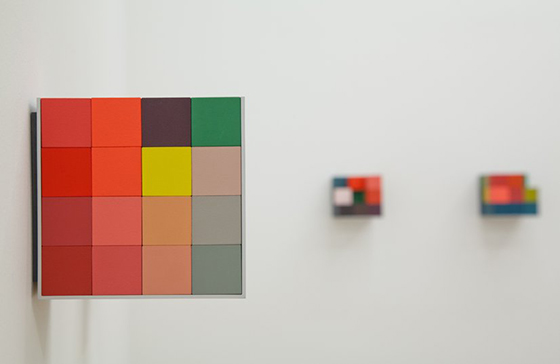
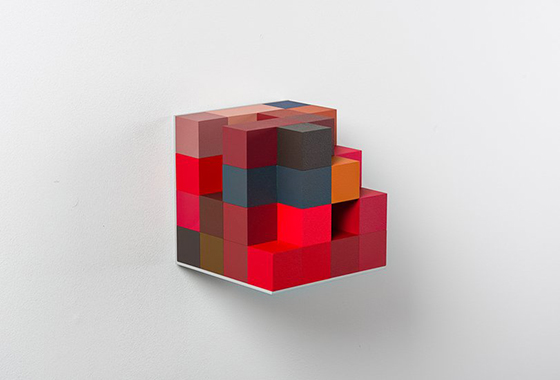
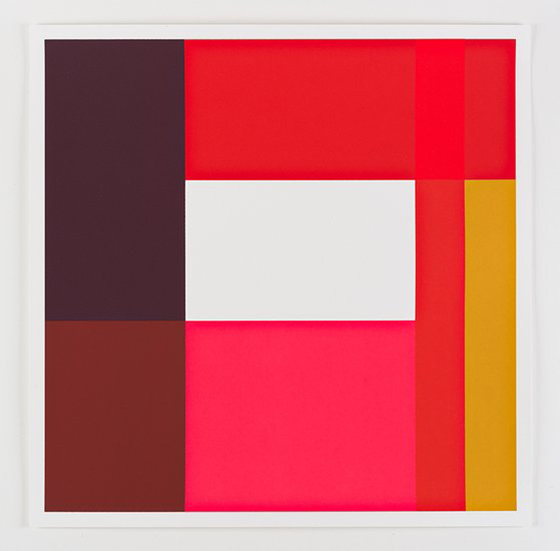
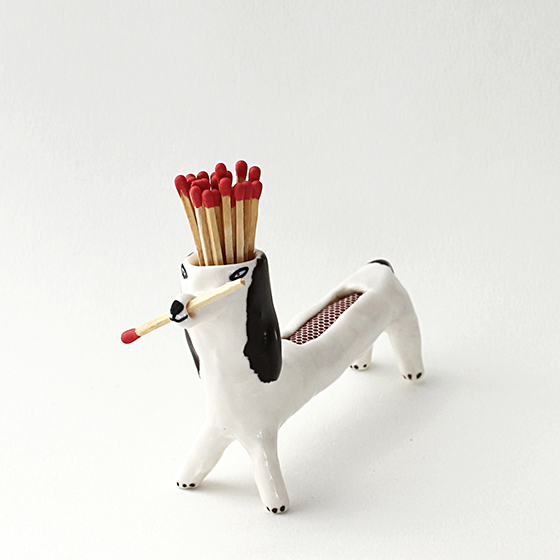
Eleonor Boström is a ceramicist and illustrator who splits her time between Stockholm and San Francisco, in between creating all of these magical creatures with great function that is. The sculptural utility goods, as she calls them, play the role of planter, pincushion, match holder, and more all while remaining ridiculously adorable!
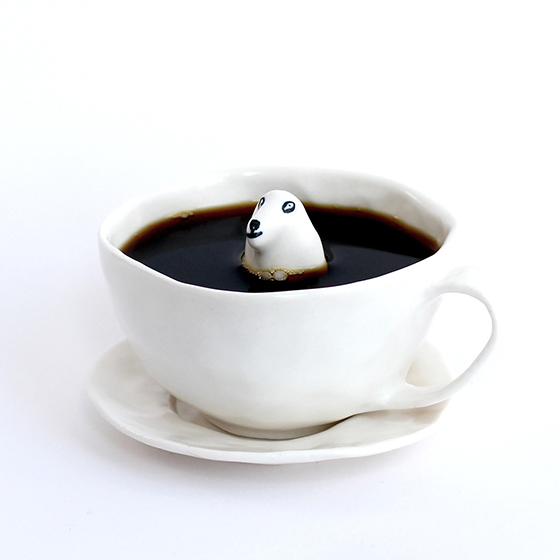
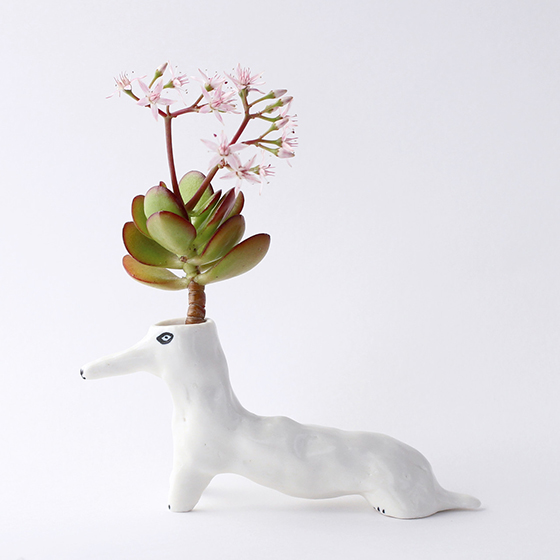
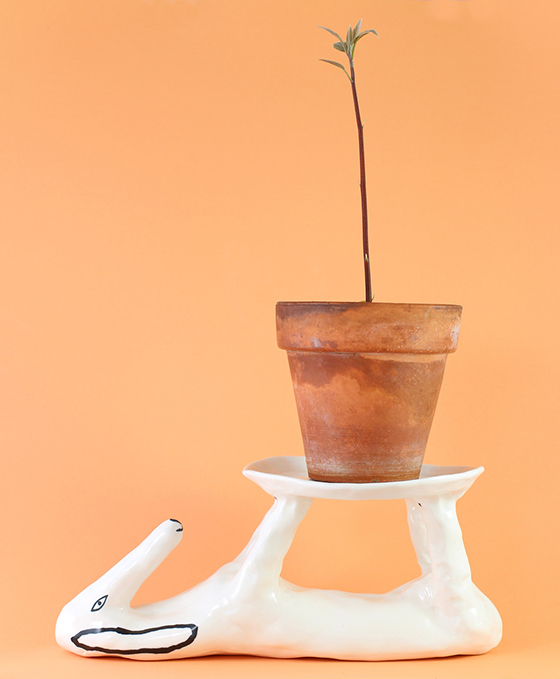
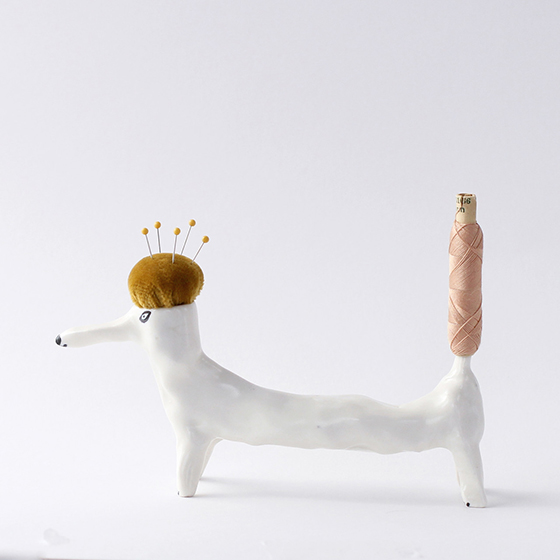

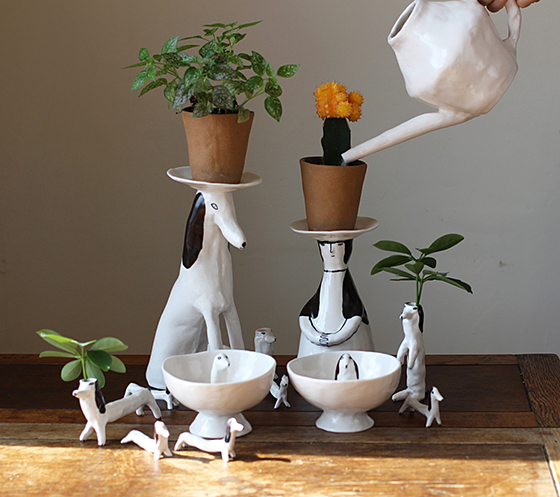
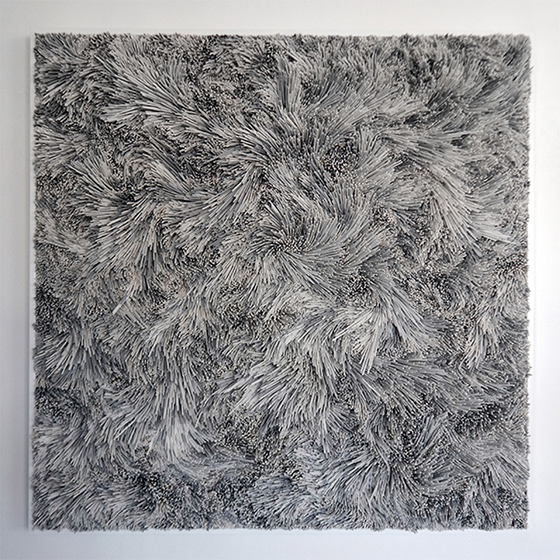
Rowan Mersh is a multi-media sculptor epitomised by his ability to take ordinary materials and transform them into the extraordinary. From textile sculptures to kinetic and interactive installations, Mersh’s pieces bridge the realms of art, design, and fashion.
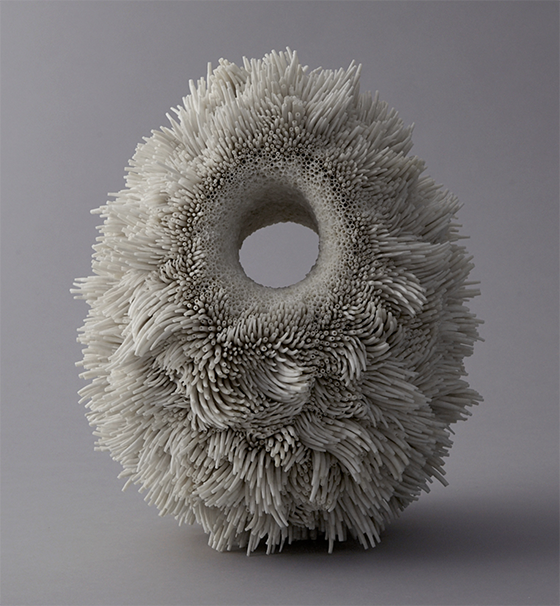
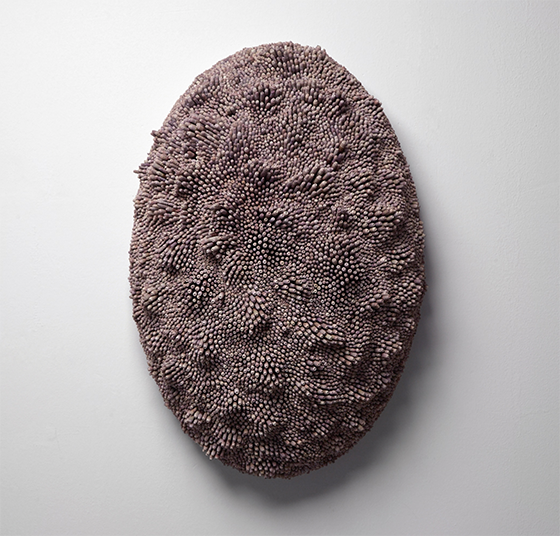
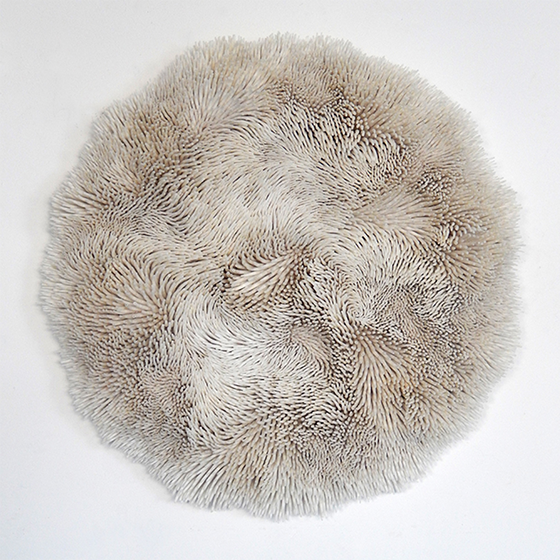
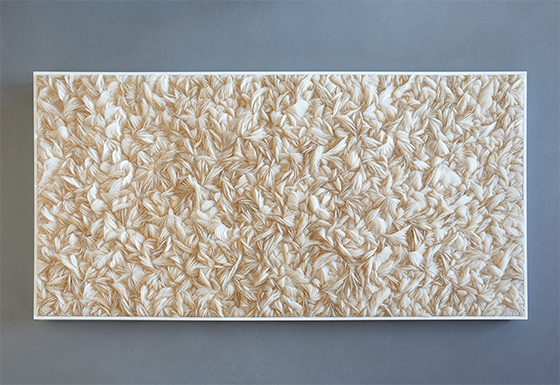
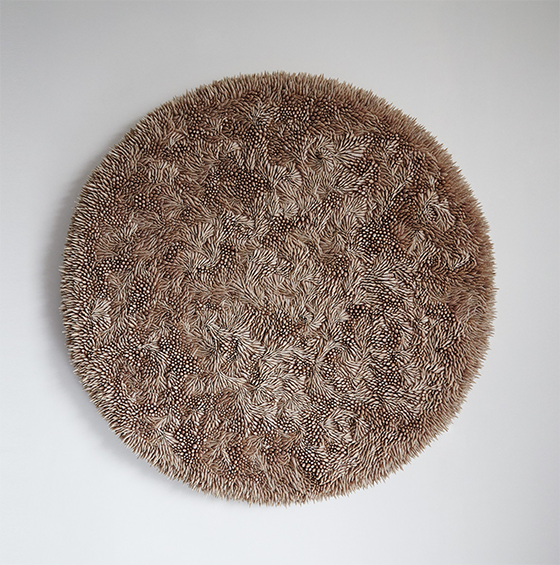
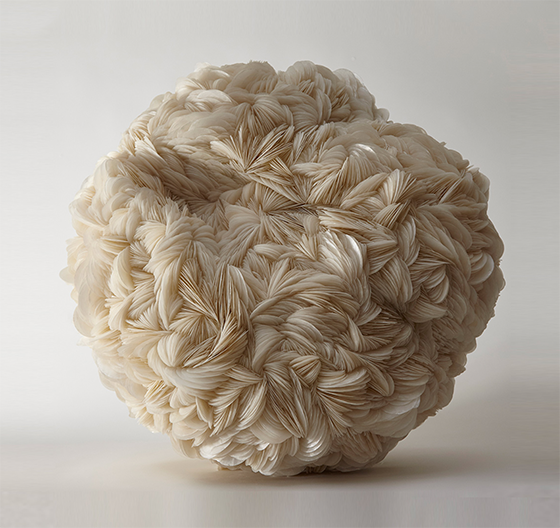
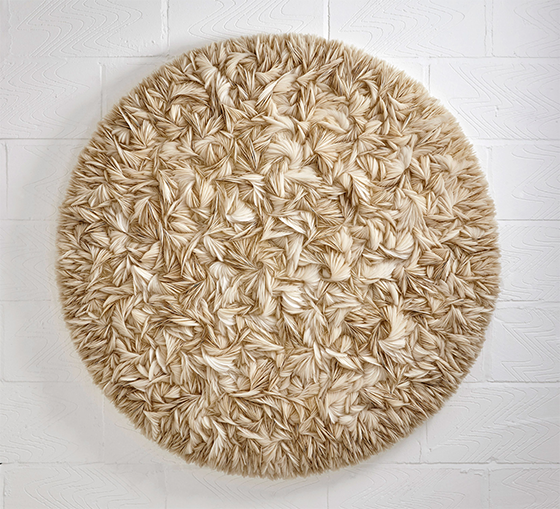
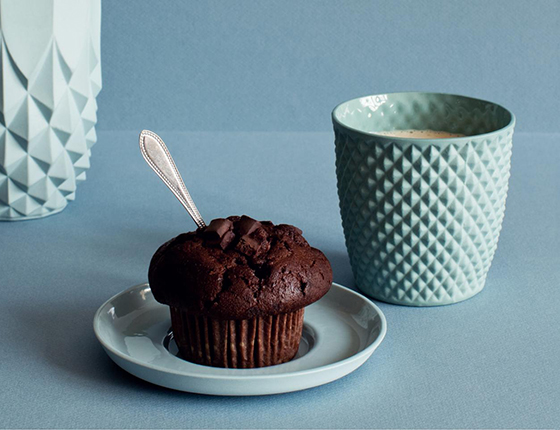
Aside from having one of the most whimsical names ever, Lenneke Wispelwey creates porcelain pieces based on mathematics and geometric patterns. Each family of products demonstrates a beautiful knowledge of color and variations between the same hue, and it’s all inspired by Lenneke’s own memories and found items from every day life. Shop the entire collection here.
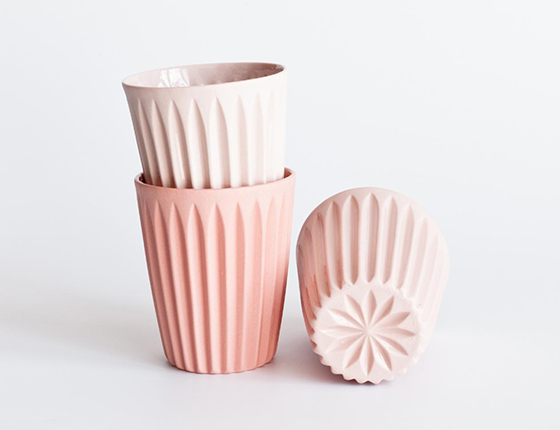
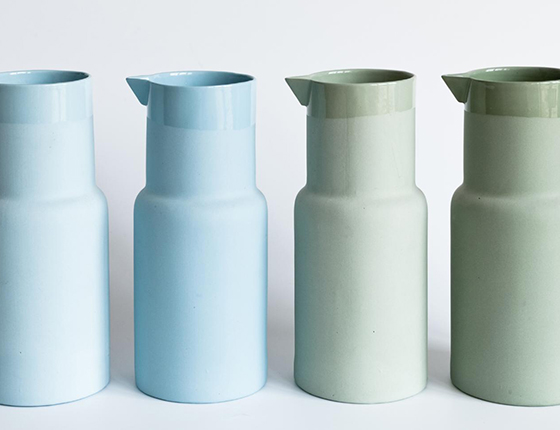
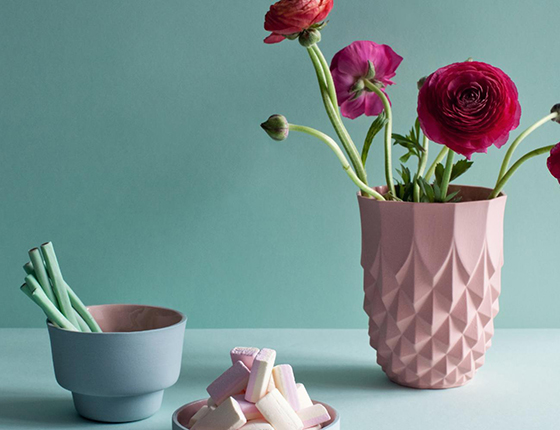
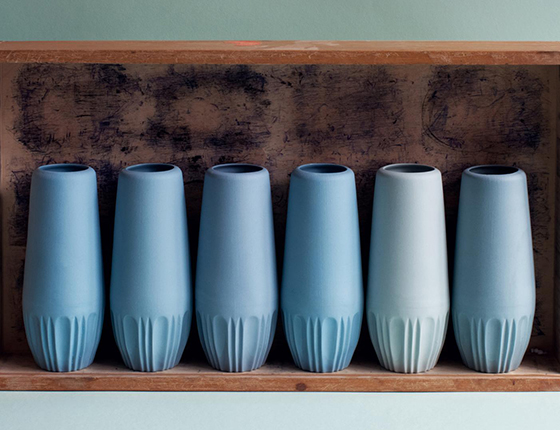
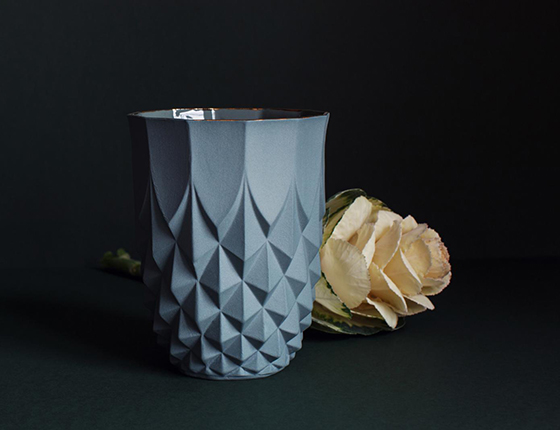
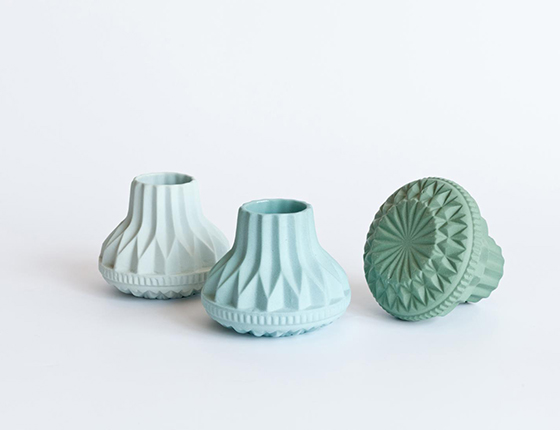
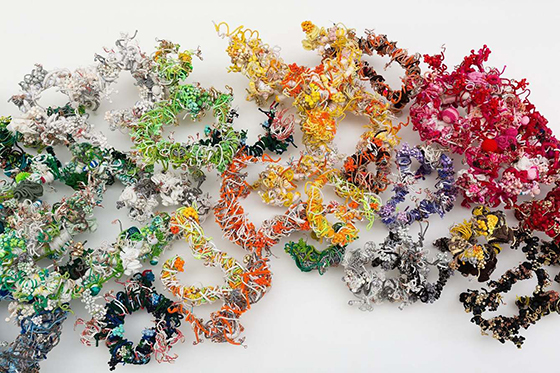
Using a rainbow of colorful textiles, Japanese-American artist Hiromi Tango creates sculptures and installations that she then interacts with. Her works are often collaborative, performative, and site-specific as a direct reaction to today’s virtual communication style. In recent years, Hiromi’s work has become more and more focused on neuroscientific concepts, posing questions around neuroplasticity, empathy, and epigenetics in her quest to effect healing and well-being through arts.
